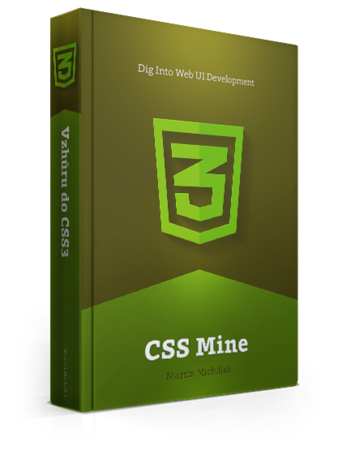OOCSS stands for “Object Oriented CSS”. It is a code organization system by Nicole Sullivan.
A CSS object is a repeating visual component which can be expressed as a piece of HTML and CSS/Javascript. It is reusable in various places in your code and across multiple projects.
The objective of OOCSS is to provide developers with reusable code, improve its maintenance and reduce CSS file size.
Let’s take the example of a simple CSS button:
/* Component */
.button { … }
/* Component elements */
.button-icon { … }
/* Component modifiers */
.button-primary { … }
.button-login { … }In my understanding, OOCSS has five principles:
1) Visual Presentation Independent of Structure
Never put HTML tags into CSS as these tags may change. Use .button rather than
input.button.
2) Content Independent of Container
Never reflect the HTML structure in CSS as it may change. Use
.button.button-login rather than .login-form .button.
3) Component Oriented Development, Reusability
Components (i.e. objects) that are not dependent on the HTML structure can be easily used on other projects. They form a closed unit that we can import using a preprocessor.
@import 'button';They make both our code and repository commits uncluttered.
4) Object, Element, Modifier
We have three types of elements:
- object – a component or a block (
.button) - element – an entity inside an object or a sub-object (
.button-iconrepresenting an icon within a button) - modifier – an object property (
.button-primaryrepresenting the main call-to-action button)
It might come in handy to distinguish these three element types visually when working with bigger projects.
5) The Lowest Specificity
In CSS, do not use identificator selectors (#id). The !important clause is
reserved for debugging purposes only.
To ensure the lowest specificity possible, avoid using:
- child selector (do not use
.button.button-icon, but rather.button-icon) - combined selectors (do not use
.button.button-primary, but rather.button-primary)
Find more on CSS specificity at specificity.keegan.st.
